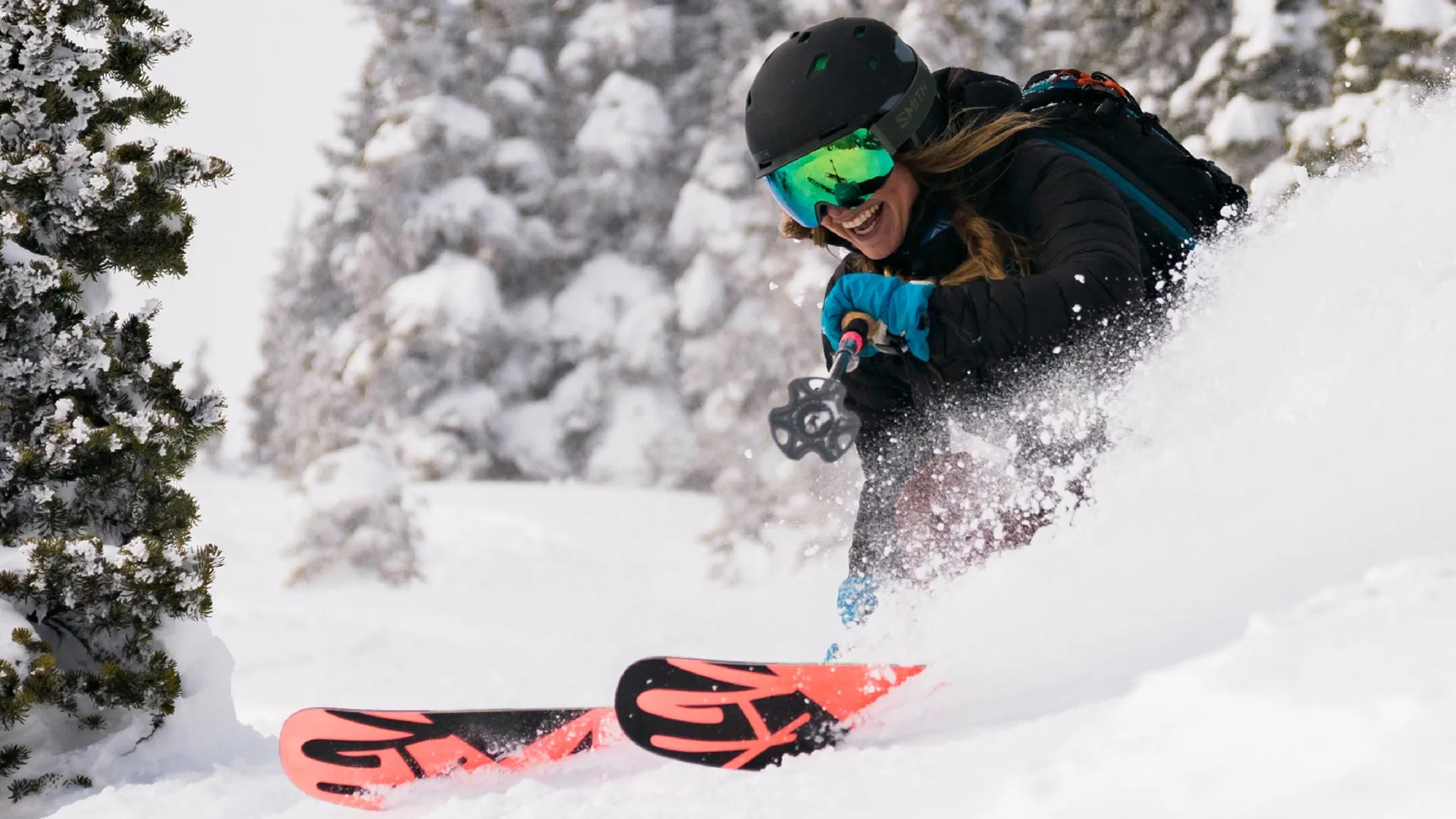Elk
Roosevelt Elk
Did you see any elk on your drive up to Crystal today? Roosevelt elk are the native elk species in Western Washington, with a historical range west of the Cascade Mountains from British Columbia to Northern California. Keep your eyes open while driving home because they love to hang out on Highway 410 near Greenwater. Elk are social animals, so where there’s one there are usually more. Cows and calves generally form herds separate from the bulls, except during the autumn mating season.
rich-text, responsive-table
Did you see any elk on your drive up to Crystal today? Roosevelt elk are the native elk species in Western Washington, with a historical range west of the Cascade Mountains from British Columbia to Northern California. Keep your eyes open while driving home because they love to hang out on Highway 410 near Greenwater. Elk are social animals, so where there’s one there are usually more. Cows and calves generally form herds separate from the bulls, except during the autumn mating season.
rich-text, responsive-table
SIZE
Adult cows weigh 400-600 pounds while bulls average 600-800 pounds. This places elk in the mid-size range of the Cervidae family since they are larger than deer but smaller than moose.
rich-text, responsive-table
Adult cows weigh 400-600 pounds while bulls average 600-800 pounds. This places elk in the mid-size range of the Cervidae family since they are larger than deer but smaller than moose.
rich-text, responsive-table
HABITAT AND FOOD
In summer elk move into higher elevations meadows to forage on grasses, sedges, and other plants. In the winter they tend to move to lower elevation meadows and clearcuts, foraging on grasses when they can but also browsing trees and shrubs when the snow covers their other food sources. Digest this fact! Did you know that elk have multiple stomachs? They belong to the group of animals called ruminants. While eating elk store their food in the stomach known as the rumen. Later, they Cervus Canadensis Roosevelti chew their food again before swallowing it into a second stomach, where digestion begins. rich-text, responsive-table
In summer elk move into higher elevations meadows to forage on grasses, sedges, and other plants. In the winter they tend to move to lower elevation meadows and clearcuts, foraging on grasses when they can but also browsing trees and shrubs when the snow covers their other food sources. Digest this fact! Did you know that elk have multiple stomachs? They belong to the group of animals called ruminants. While eating elk store their food in the stomach known as the rumen. Later, they Cervus Canadensis Roosevelti chew their food again before swallowing it into a second stomach, where digestion begins. rich-text, responsive-table
STAKE-HOLDER DECISIONS
The North Rainier Elk Herd, which includes our local elk populations, is managed by the Washington Department of Fish and Wildlife for conservation and hunting. Historically, elk numbers in western Washington were much lower than today. In the late 1800s and early 1900s populations plummeted even further due to overhunting. No elk lived in Mt. Rainier National Park when it was founded in 1899.
In the early 1900s the state transplanted non-native Rocky Mountain Elk from the Yellowstone area to both sides of the Cascades, including near Enumclaw. In addition to the introduced elk, clearcutting and changing land use created large open areas with more forage for elk, and hunting restrictions relieved pressure on the population. Now the elk herds have increased in both population and range, with hybrids of the Roosevelt and Rocky Mountain Elk subspecies common in the Cascades.
At Crystal we protect the elk by keeping away from their calving grounds in the meadows during the spring. Crystal’s open meadows provide ample forage during the summer. rich-text, responsive-table
The North Rainier Elk Herd, which includes our local elk populations, is managed by the Washington Department of Fish and Wildlife for conservation and hunting. Historically, elk numbers in western Washington were much lower than today. In the late 1800s and early 1900s populations plummeted even further due to overhunting. No elk lived in Mt. Rainier National Park when it was founded in 1899.
In the early 1900s the state transplanted non-native Rocky Mountain Elk from the Yellowstone area to both sides of the Cascades, including near Enumclaw. In addition to the introduced elk, clearcutting and changing land use created large open areas with more forage for elk, and hunting restrictions relieved pressure on the population. Now the elk herds have increased in both population and range, with hybrids of the Roosevelt and Rocky Mountain Elk subspecies common in the Cascades.
At Crystal we protect the elk by keeping away from their calving grounds in the meadows during the spring. Crystal’s open meadows provide ample forage during the summer. rich-text, responsive-table
SOURCES
Washington Department of Fish and Wildlife. Accessed 9/12/19. https://wdfw.wa.gov/species-habitats/species/cervus-elaphus Link, Russell. “Living with Wildlife: Elk.” Washington Department of Fish and Wildlife. 2005. Accessed 9/12/19. https://wdfw.wa.gov/sites/default/files/publications/00614/wdfw00614.pdf Tirhi, Michelle, David Vales, and Mike Smith. “Draft Washington State Elk Herd Plan, North Rainier Elk Herd.” Washington Department of Fish and Wildlife. May 2019. Accessed 9/12/19. https:// wdfw.wa.gov/sites/default/files/publications/02092/wdfw02092.pdf rich-text, responsive-table
Washington Department of Fish and Wildlife. Accessed 9/12/19. https://wdfw.wa.gov/species-habitats/species/cervus-elaphus Link, Russell. “Living with Wildlife: Elk.” Washington Department of Fish and Wildlife. 2005. Accessed 9/12/19. https://wdfw.wa.gov/sites/default/files/publications/00614/wdfw00614.pdf Tirhi, Michelle, David Vales, and Mike Smith. “Draft Washington State Elk Herd Plan, North Rainier Elk Herd.” Washington Department of Fish and Wildlife. May 2019. Accessed 9/12/19. https:// wdfw.wa.gov/sites/default/files/publications/02092/wdfw02092.pdf rich-text, responsive-table





